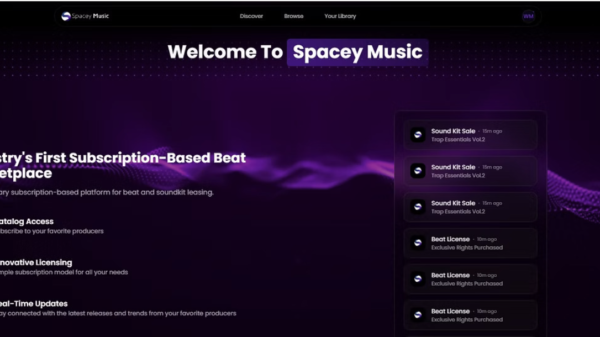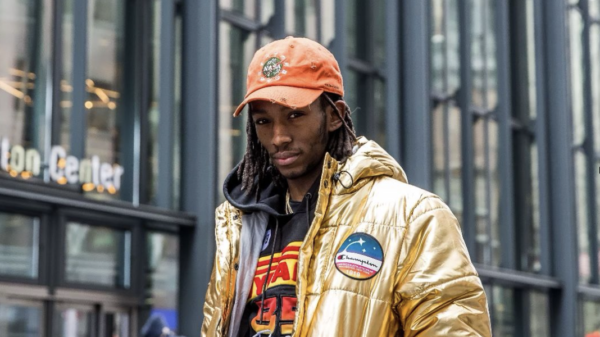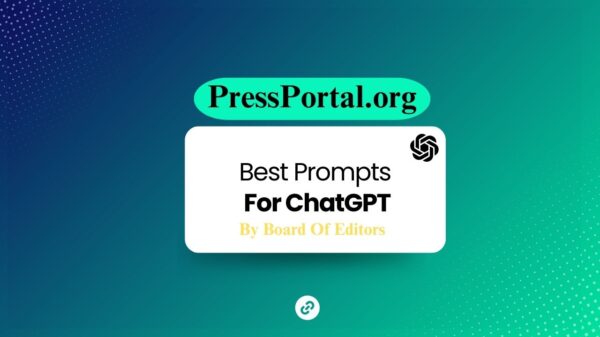Each summer, a small army of volunteers, residents and music professionals welcomes dozens of world-class artists to Quebec City, Canada, for Festival d’été de Quebec (a.k.a. FEQ), one of the largest and most diverse music festivals in North America. While residents of Quebec’s French-speaking capital city are known for their congenial hospitality and embrace of the dozens of acts that will perform on Plaines de Abraham, residents will admit, when asked by outsiders, that there is one act playing this year’s festival that they appreciate more than all the others.
And that act is the California thrash metal band Slayer.
“Yeah, Quebec is a big heavy metal town,” says Samantha McKinley, communications director for the long-running 11-night music festival. While the annual event has remained relatively unknown in live music circles for years, its impressive attendance figures and love for heavy metal acts like Slayer and Metallica are starting to be noticed by top-tier acts, booking agents and an increasing number of orbiter festivals that book their events based on Festival d’été’s headliners. (“Festival d’été” is French for “Summer Festival.”)
The festival’s strength comes from its ability to regularly draw audiences of 90,000 or more per night for artists like Rod Stewart, Avril Lavigne and Benson Boone, a figure that puts it in the top echelon of North American festivals. Coachella maxes out at about 125,000 people per day and runs for six days total (over two three-day weekends), equaling about 750,000 fans total. Realistically, however, 750,000 individual people don’t descend on Indio, Calif.; rather, the same 125,000 fans attend the festival over three days, each weekend, putting the number closer to 250,000.
But unlike Coachella, where the same fans attend each day of the festival, Quebec’s FEQ has a culture of wristband sharing, explains executive director Nick Racine, who also serves as CEO and president for festival organizer BLEUFEU. He estimates that all 140,000 tickets for the festival are bought in a single day, with some blocks of tickets selling out in seconds.
The vast majority of those tickets — about 125,000 — are sold as GA tickets that retail for $165 CAD ($121 USD), while the rest are more expensive VIP tickets bundled with food & beverage. GA tickets include access to 11 nights of music, including the festival’s main stage featuring Shania Twain, Slayer, Hozier, Kygo, Def Leppard, Boone, Stewart, Lavigne and more. The main stage, called the Bell Stage, sits on a portion of the Plains of Abraham, a historic area within Battlefields Park where British forces defeated the French in 1759. The Bell Stage is just one of multiple stages scattered throughout the city for FEQ; the Quebec Lottery and SiriusXM Canada host the festival’s other two paid stages, accessible only to ticketholders, while a few free stages dot the perimeter of Quebec’s historic district.
Fans are encouraged to share wristbands with friends and loan them out to family members in order to keep the Bell Stage full each night and create huge audiences and memorable moments for the artists that play. The goal is to keep the wristbands in the community and off secondary market sites like StubHub, where speculators often drive up the price of tickets and frustrate fans. In recent years, festival organizers have begun monitoring secondary market sites and even canceling orders if they suspect ticket scalping. Wristband sharing is a kind of compromise that keeps the tickets in the community and pushes the number of people who attend the festival to somewhere between 300,000 to 400,000 individual people each year.
That large of an audience, coupled with the tens of millions of dollars the festival makes from ticket sales and the revenue it generates from sponsorships and government grants, makes FEQ a music industry powerhouse, explains Louis Bellavance, programming director for the festival since 2011. Bellavance tells Billboard that a number of major East Coast and Canadian festivals — from Milwaukee Summerfest to Ottawa Bluesfest — look to book acts that play Quebec, hoping to pick up dates for artists coming and going from the festival. Sometimes the festival will submit joint bids with other major events to book acts — FEQ’s radius clause only covers the province of Quebec — while other times it will make exclusive bids for artists on its own to create scarcity for the big headliners it brings to Quebec City.
That includes The Rolling Stones in 2015 — a booking that led to a $2 million loss for the year for FEQ, but helped solidify its dominant place in the festival space. When it comes to audience size, ticket sales and economic power, FEQ easily lands within the top 10 when it comes to the largest and most financially successful festivals in North America.
But organizers say its strength goes beyond economics and comes from what fans say is FEQ’s long-term unofficial headliner: Quebec City itself. With its cobblestone streets and picturesque boulevards, architectural beauty, expansive public park system and bustling culinary scene, the city is a popular destination in its own right.
“Where else can you watch Rod Stewart play on a classic battlefield or see a new band perform just meters away from the steps of Parliament?” says Racine. “We’re an urban festival, and the restaurants and the hotels here do a large part of their annual business during the festival. It works because fans love coming to Quebec, they love our presentation and they love the artists we bring each year.”





























